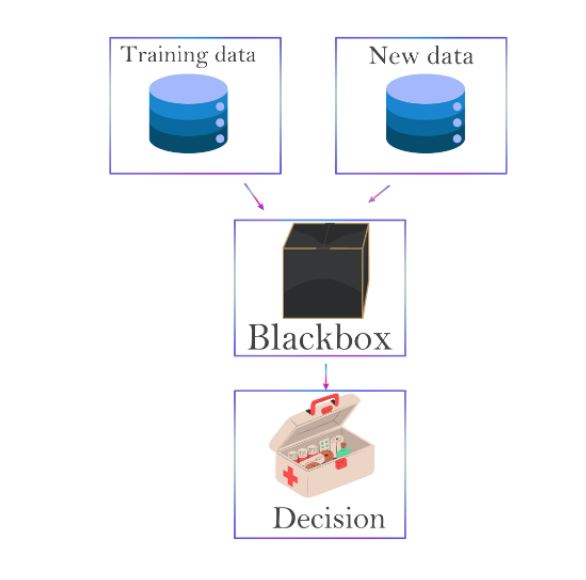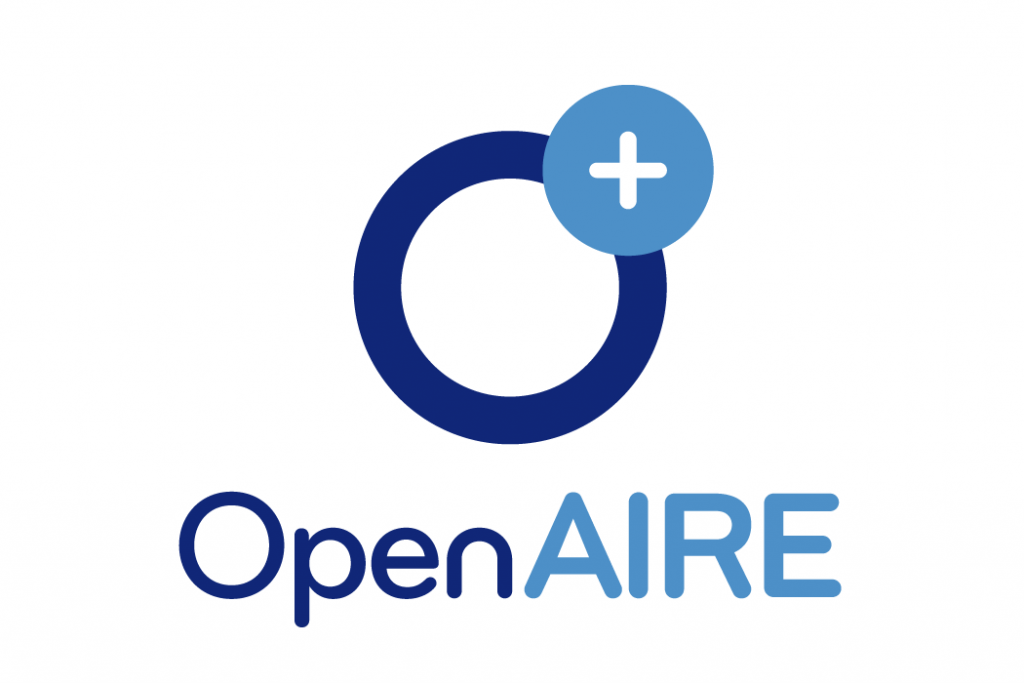AI Governance in Healthcare: Explainability Standards, Safety Protocols, and Human-AI Interactions Dynamics in Contemporary Medical AI Systems
Keywords:
artificial intelligence, ethical considerations, explainability standards, healthcare, human-AI collaboration, legal considerations, safety considerationsAbstract
The fast-growing incorporation of artificial intelligence (AI) into the modern healthcare industry necessitates immediate consideration of its legal and ethical dimensions. In this research, we focused on three principal areas requiring specific, contextual direction from both governmental entities and industry participants to guide the responsible and ethical progression of AI in healthcare. First, the research discusses standards for explainability. Within healthcare, understanding AI-driven decisions is vital because of their profound implications for human health. Various participants, from patients to oversight bodies, require differing levels of transparency and explanation from AI systems. Next, we examine safety protocols. Given that employing AI in healthcare could result in decisions that carry severe ramifications, we argue for evaluating its objective criteria, search parameters, training applicability, risk for of poor data, and possible risks. Finally, the dynamics of human-AI interaction were discussed. Optimal interaction necessitates the creation of AI systems that augment human capabilities and acknowledge human cognitive processes. The involvement of AI system users in healthcare, defined through tiers of understanding, contribution, and oversight, spans from elementary to advanced engagements. Each tier relates to the depth of comprehension, the scope of data contribution, and the level of oversight exercised by the healthcare specialist regarding the AI instrument. This research emphasizes the necessity for specific guidelines for each of the three dimensions to guarantee the secure, ethical, and efficient utilization of AI in healthcare.

Downloads
Published
How to Cite
Issue
Section
License

This work is licensed under a Creative Commons Attribution-NonCommercial-NoDerivatives 4.0 International License.
Creative Commons licenses are used to publish Open Access articles, which provide the legal basis for users to access, distribute, and reuse the content. EQME allows authors to apply one of the following Creative Commons licenses to their work, each of which affords readers distinct rights in terms of commercial use and the capacity to create derivative versions:
CC-BY (Creative Commons Attribution License)
CC-BY-NC-ND (Creative Commons Non-Commercial No Derivatives License)
CC-BY-NC-SA (Creative Commons Non-Commercial Share-a-like)
In each situation, the creator must be given credit, and if derivative versions of the work are created, the alterations must be noted.






